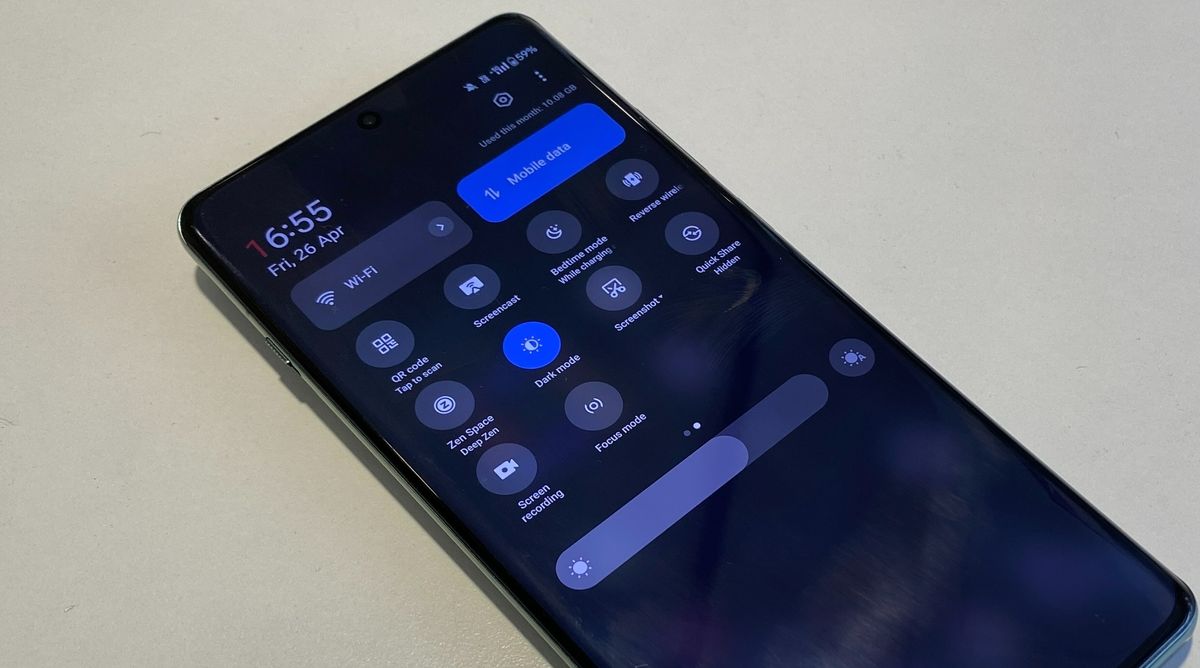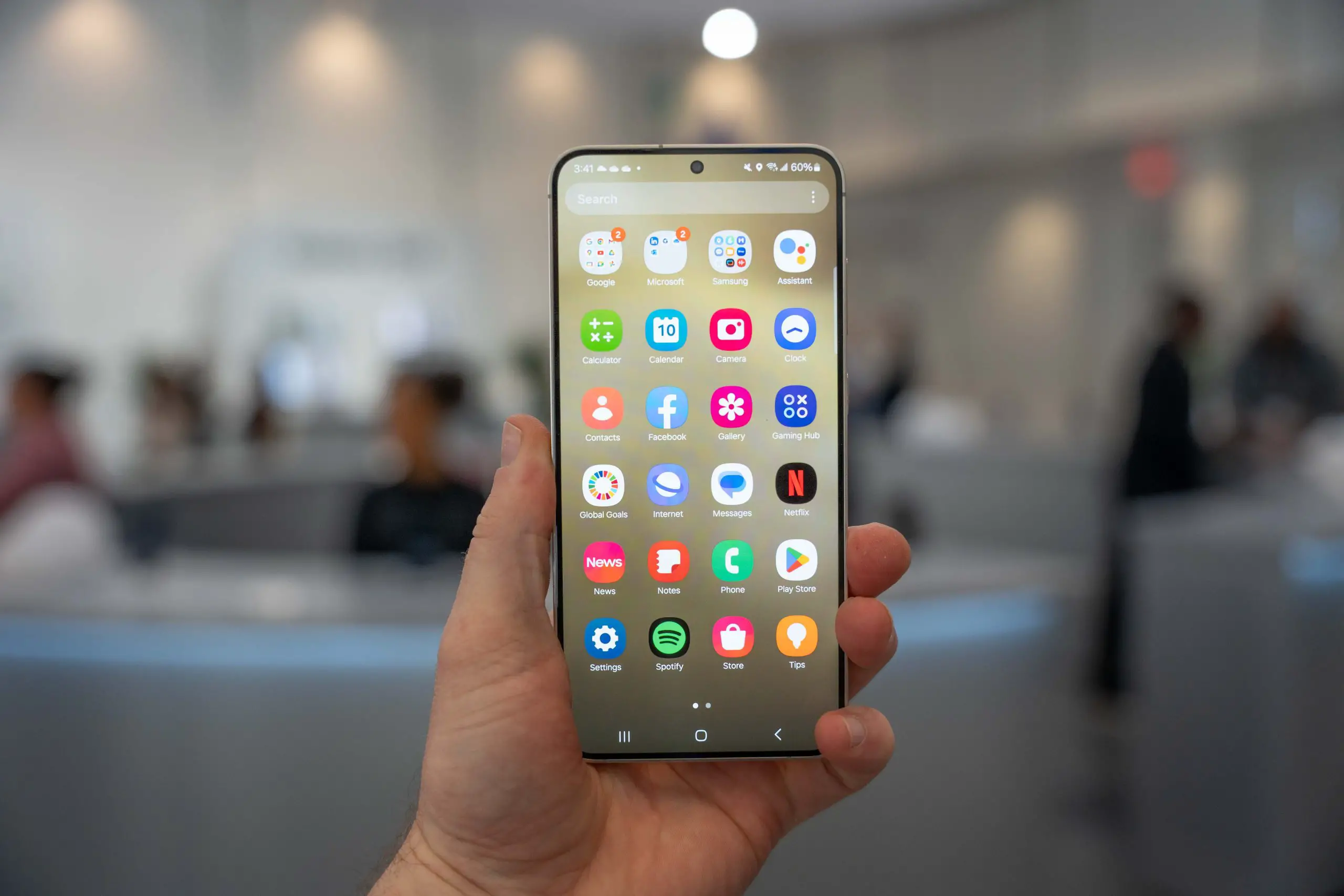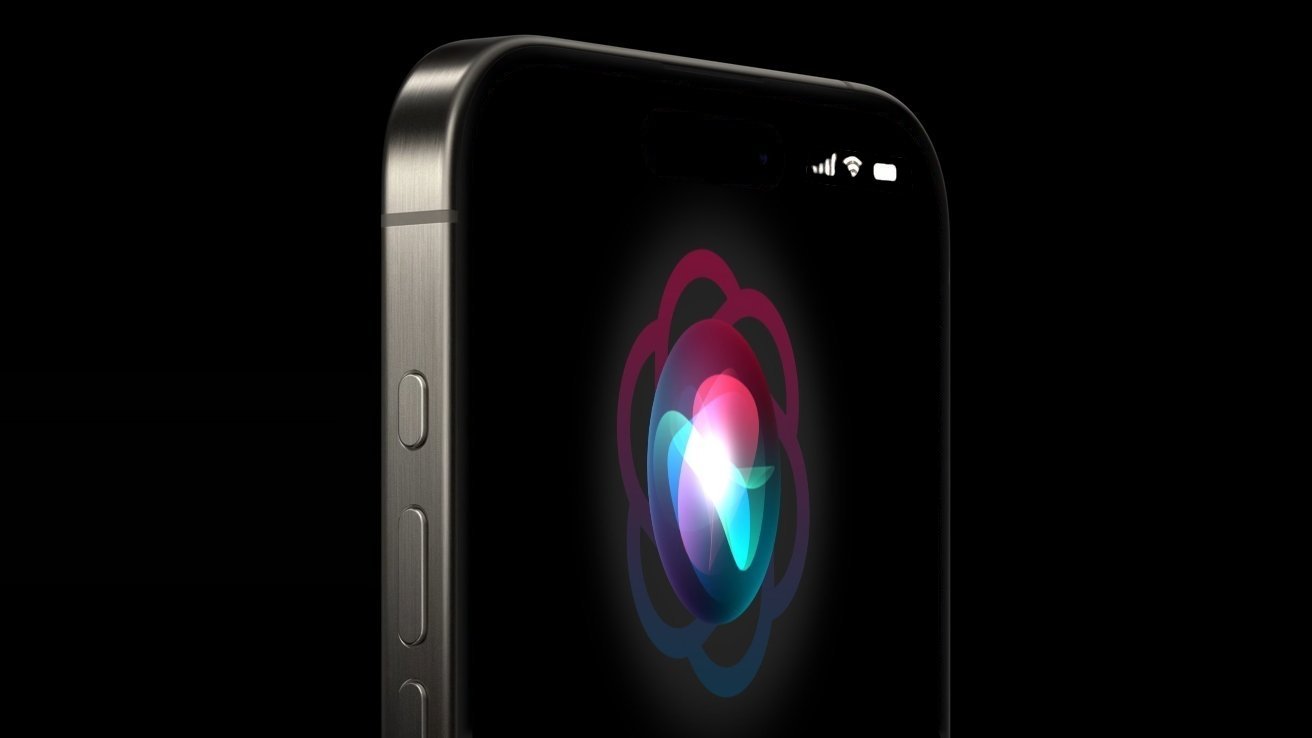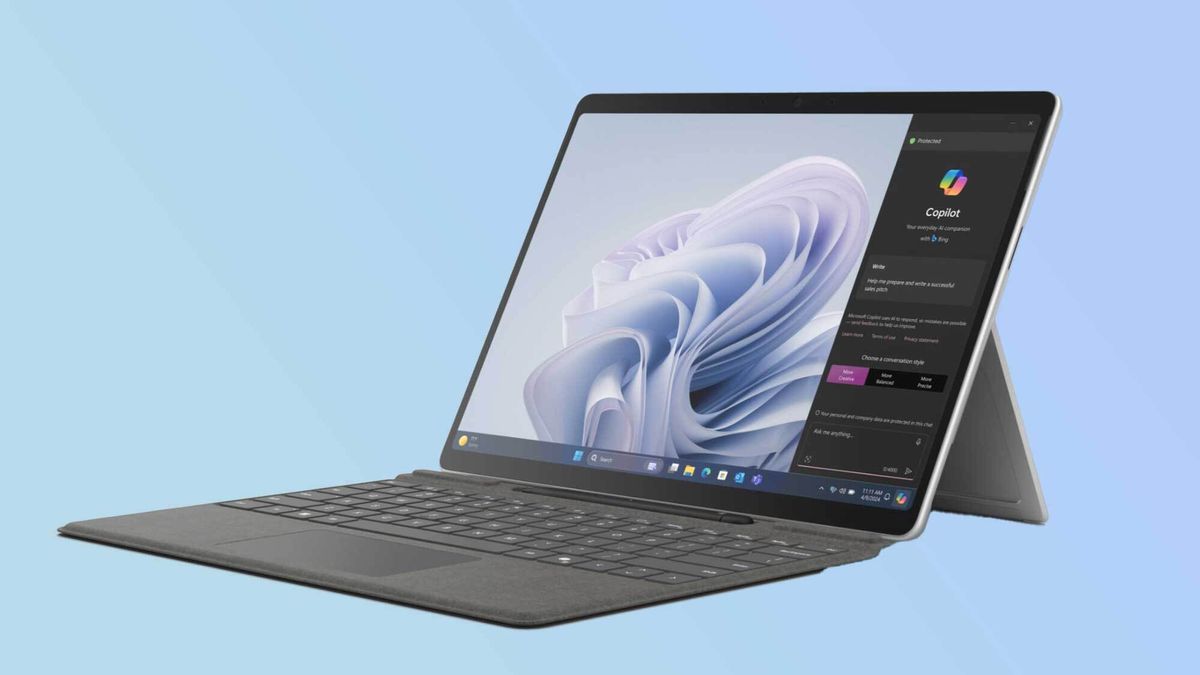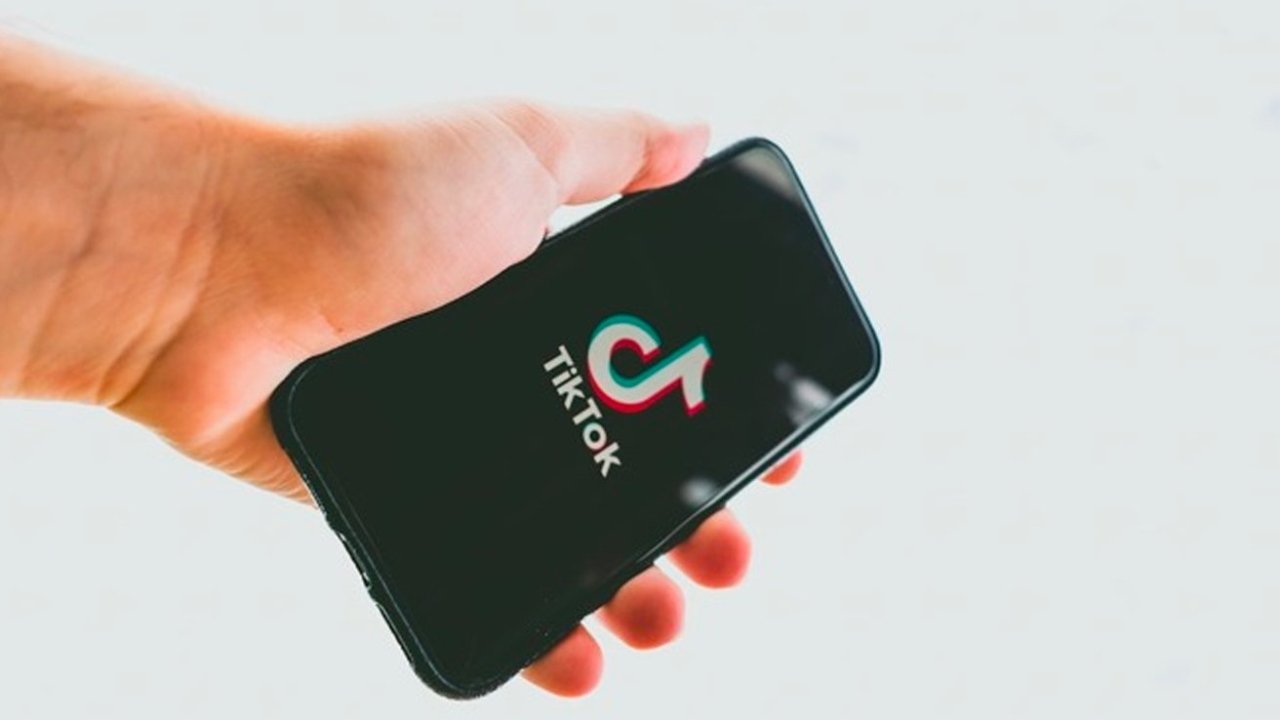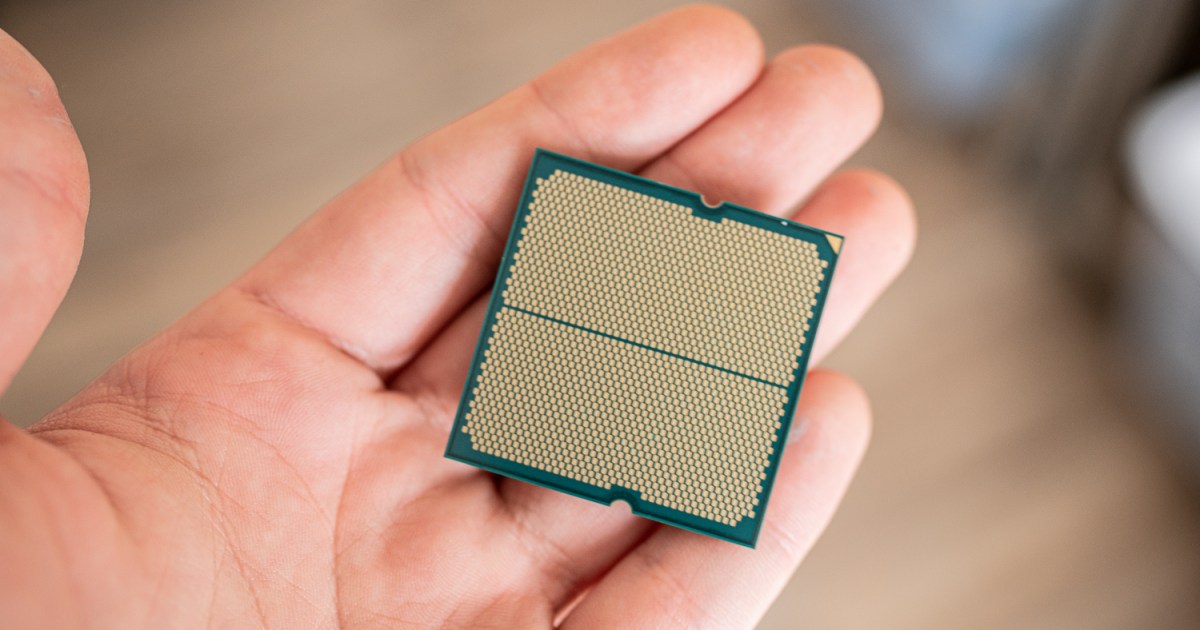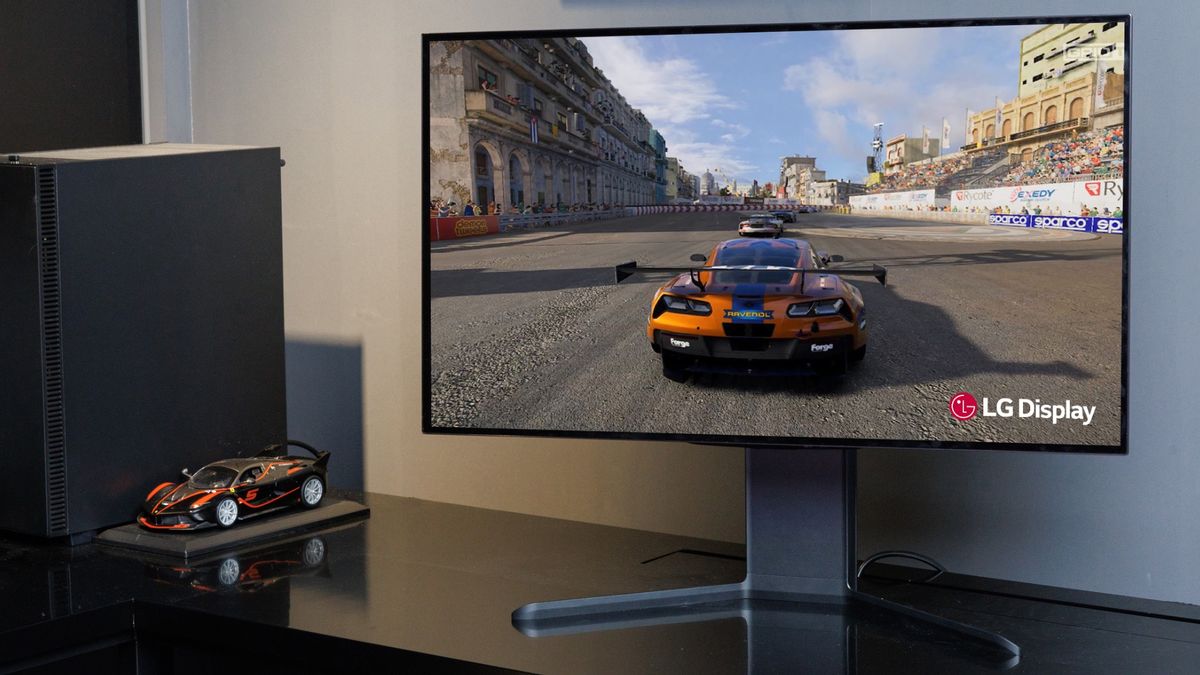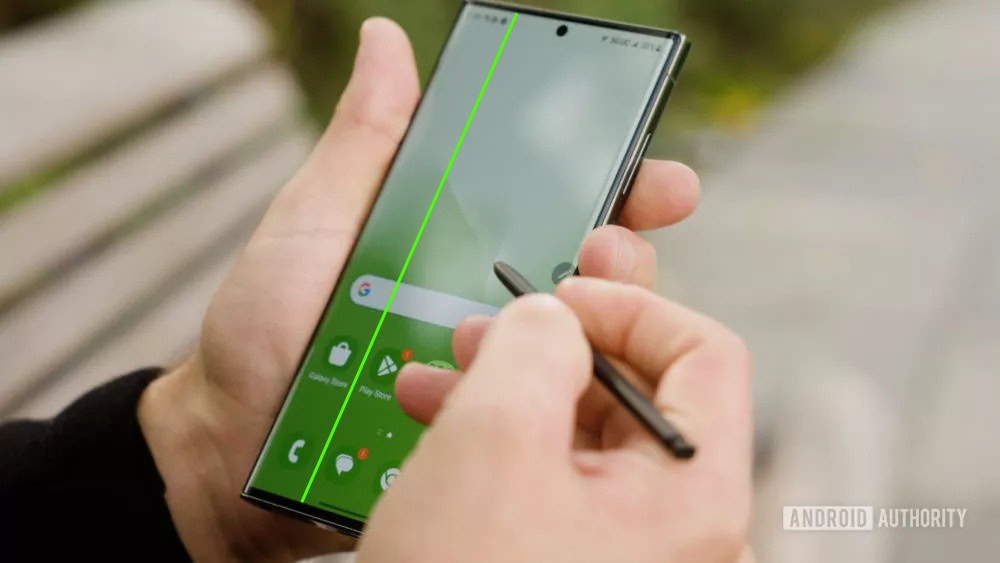From www.theverge.com
At first glance, Samsung’s new 83-inch S90C OLED TV doesn’t look too different from the company’s existing 2023 OLED TV range. But keen-eyed observers at Forbes and HDTVTest have spotted that the $5,399.99 TV, which has the model number 83S90C, appears to have a screen size larger than any of the QD-OLED panels produced by Samsung Display.
That means we’re almost certainly looking at the first Samsung OLED TV to use a panel produced by the display division of its South Korean rival LG.
“There is no doubt whatsoever in my mind that this 83-inch Samsung OLED TV will be equipped with a white OLED panel also known as WRGB OLED panel from LG Display,” HDTVTest’s supremely knowledgeable Vincent Teoh said in a video last month after news of the TV leaked, and it looks like he was right.
Samsung Electronics America home entertainment and display senior vice president James Fishler confirmed the TV uses WOLED instead of Samsung Display’s QD-OLED but did not specify the source.
In a statement provided to The Verge, Fisher said: “This 83S90C model uses WOLED technology and is powered by the proprietary Samsung Neural Quantum Processor found in the rest of the Samsung OLED lineup to deliver pure blacks, limitless contrast, and vibrant colors.” In response to a follow-up question asking if it came from LG, Fisher said, “as a global company, Samsung works with many different companies and it’s not our policy to comment on our supply chain.”
:format(webp)/cdn.vox-cdn.com/uploads/chorus_asset/file/24788080/QN83S90CAFXZA_006_Front2_Titan_Black_2048x1365.jpg)
Image: Samsung
The TV’s announcement comes just a couple of short months after Reuters reported that the two companies had signed a deal to supply millions of panels over the next few years in both 77-inch and 83-inch size variants.
Mostly, this is just another funny example of the mutually beneficial relationships even supposedly fierce rivals in the tech space can have with one another. See also Samsung and Apple, who worked together to supply OLED displays for the iPhone even as they were fighting it out over patents. If Samsung’s new 83-inch TV is indeed using an LG Display panel, it’ll likely result in Samsung using two different kinds of OLED panels in its S90C lineup. The smaller TVs will have its QD-OLED panels, while this larger TV could have a WOLED (or WRGB OLED) panel.
It would be foolish of me to say at this point whether that will lead to any major picture quality differences in the lineup because processing can be just as important as panel technology in determining how good a TV’s picture ends up being. But Rtings’ existing comparison between Samsung and LG’s current top-of-the-line OLEDs suggests that WOLED can have a slight overall brightness advantage, while QD-OLED can benefit from brighter colors. Rtings ongoing TV burn-in test also suggests that QD-OLEDs can be slightly more susceptible to burn-in in extreme cases where you’re constantly watching content with static onscreen elements, findings that LG has been eager to capitalize on.
Once these new 83-inch Samsung OLED TVs start finding their way into customers’ hands (which Samsung’s website says should start later this month), HDTVTest’s Teoh reports that it should be fairly simple to verify what kind of OLED panel technology they’re using. Identification methods include taking a zoomed in photograph of the TV to look at its sub-pixel array, or else shining a light at the TV when it’s turned off and looking to see whether the screen turns gray or remains black. Gray means it’s a QD-OLED, black means WOLED / WRGB OLED.
What’s the difference between OLED and QD-OLED?
QD-OLED screens differ from the traditional OLED panels that’ve long been manufactured by LG Display in the way they produce an image. LG’s displays are considered WRGB OLED because they use blue and yellow OLED compound to generate white-ish light pixels that are passed through color filters to produce red, green, and blue sub-pixels. More recent OLED TVs also have a fourth unfiltered / white sub-pixel meant to enhance brightness — especially for HDR content.
QD-OLED changes this up by emitting blue light through quantum dots to convert some of that blue into red and green without any need for the color filter. (Blue is used because it has the strongest light energy.) This leads to greater light energy efficiency; since you’re not losing any light to the color filters, QD-OLED TVs should offer brightness gains compared to past-generation OLEDs.
:format(webp)/cdn.vox-cdn.com/uploads/chorus_asset/file/23142451/Screen_Shot_2022_01_03_at_1.51.06_PM.png)
Image: Samsung Display
They should also be able to maintain vivid quantum dot color reproduction even at peak brightness levels, whereas WRGB OLED can sometimes exhibit some desaturation when pushed that far. In Sony’s case, the company is claiming that QD-OLED “boosts color brightness by up to 200 percent compared to conventional TVs.” The already superb viewing angles of OLED are claimed to be even better on QD-OLED since there’s more diffusion happening without the color filter in the way.
The possibility of burn-in isn’t eliminated by QD-OLED, but the hope is that these panels could exhibit a longer overall life span than existing OLED TVs since the pixels aren’t working as hard. Samsung Display is using three layers of blue OLED material for each pixel, and that could preserve their longevity.
Aside from its panel, Samsung’s 83-inch S90C has all the bells and whistles you’d expect out of a Samsung OLED. It runs Samsung’s Tizen operating system, features a Neural Quantum Processor for upscaling content to 4K, Dolby Atmos, HDMI 2.1, and support for 120Hz 4K content. It features Samsung’s Gaming Hub with support for game streaming services like Xbox Cloud Gaming and comes with a SolarCell Remote that can charge “via artificial or natural light, as well as RF waves.” Like Samsung’s other TVs, there’s no mention of support for Dolby Vision HDR here — instead, you get HDR10 Plus.
“Large screen sizes are the fastest growing segment in the TV industry,” said Fishler. “With this new 83-inch class OLED S90C 4K TV model, we are providing yet another option for people to experience the benefits of OLED TV from Samsung, on an even bigger screen.”
Update July 14th, 2:31PM ET: Updated with a statement from Samsung confirming the 83-inch S90C TV uses a WOLED panel.
[ For more curated Samsung news, check out the main news page here]
The post Samsung’s new 83-inch TV is its first one with an OLED panel that’s probably made by LG first appeared on www.theverge.com


